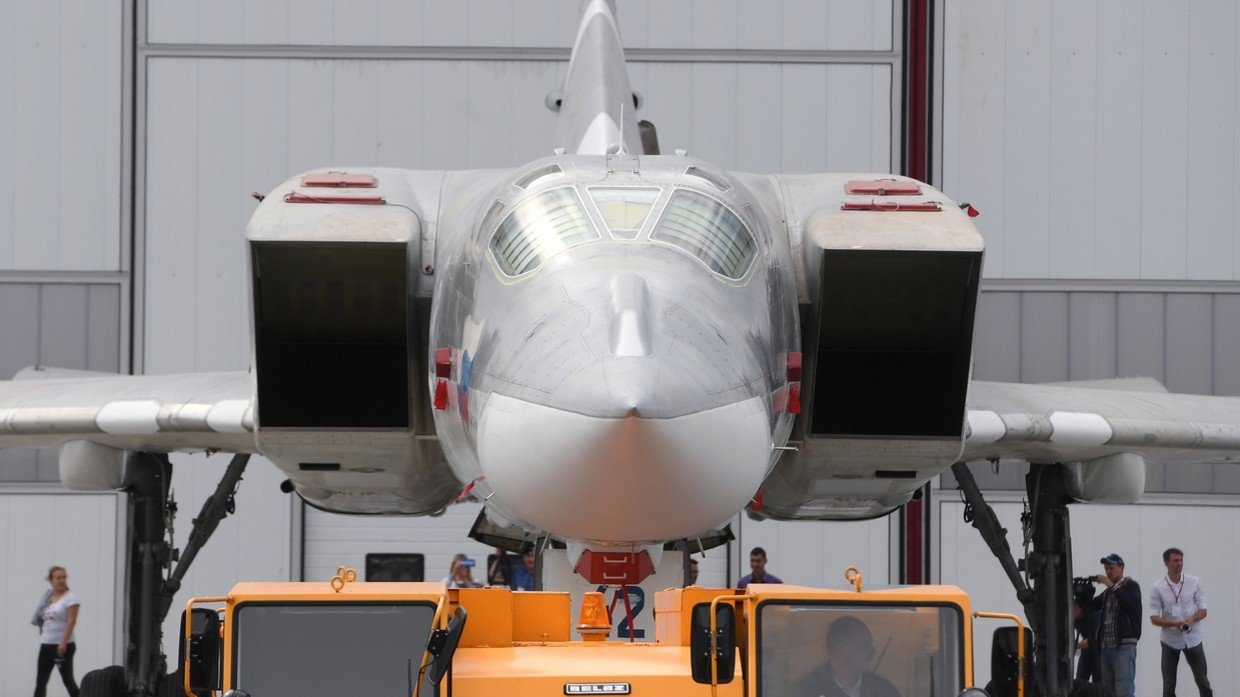Half a year after a spectacular roll-out in Kazan, the Tu-22M3M, a state-of-the-art modernized strike bomber wrapped up in a time-proven shell, performed a maiden flight, according to Russian media.
A launch version of the Tu-22M3M (referred to as Backfire by NATO) took off at an airfield in Kazan starting a series of in-flight trials, Tupolev Design Bureau told TASS news agency. The supersonic bomber didn’t carry a weapons load during its 37-minute test flight.
Prior to the maiden flight, the advanced jet went through an array of ground tests in which the plane’s avionics, engines, and AI features were pushed to their limits, a military industry source said.
The Tu-22M3M long-range bomber is designed to engage sea and ground targets at ranges of up to 2,200km (1,367 miles). Detailed features of the new aircraft are classified but it is known that upgraded bomb sights, better radar, and a modern digital glass cockpit will be installed on it.
A first variant of the Tu-22 family was created in the late-1960s to be deployed during a large-scale conventional conflict, but the newest M3M version is expected to get the ability to use precision bombs and missiles.
The older versions of the bomber still remain viable as a long-range cruise missile carrier. It is capable of delivering deadly weapons against ships and ground targets without entering the range of enemy air defenses.
Russian media reported the Backfire may also carry up to four hypersonic Kh-47 Kinzhal (Dagger) hypersonic missiles. The little-known projectiles have a maximum reported speed of ten times the speed of sound and can perform evasive maneuvers.

The jet saw action in bombing raids during the Afghan War in the 1980s and the Chechen conflicts of the 1990s. It was most recently deployed in Syria during strikes against Islamic State (IS, formerly ISIS/ISIL) targets.

The first M3M aircraft rolled out at the Kazan Aviation Plant in August this year. The Russian military plans to upgrade half of its 60-strong Tu-22 fleet and extend its service life to at least several decades.
Subscribe to RT newsletter to get stories the mainstream media won’t tell you.


